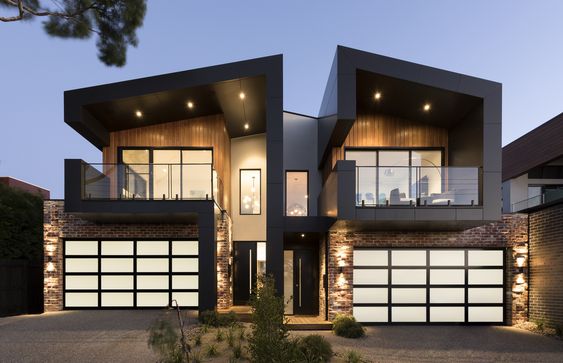The world of architecture has always been at the nexus of art and technology. With advancements in digital tools, architectural visualization is undergoing a dynamic transformation, offering an unparalleled view into the future of design.
The Rise of Immersive Experiences
Architects and designers are no longer confined to flat, two-dimensional blueprints. Instead, they’re crafting interactive and immersive experiences that invite viewers into the design itself. This evolution bridges the gap between imagination and reality, enabling a tangible feel of conceptual spaces before they materialize.
Top Trends to Watch
- Virtual Reality (VR): VR allows clients to step inside a design, offering a firsthand experience of spaces that are yet to be built.
- Augmented Reality (AR): Overlaying digital enhancements onto the real world, AR tools provide a merged view that can showcase potential modifications to existing structures.
- Real-time Rendering: Gone are the days of waiting. Real-time rendering tools allow for instant visualization adjustments, streamlining the design process.
- AI-driven Designs: Artificial intelligence is assisting architects in predicting user needs and optimizing designs for user experience and sustainability.
- Green and Sustainable Modeling: Eco-friendliness is a significant concern. Architectural visualization now incorporates green technologies, materials, and designs to visualize sustainable structures.
Benefits of Advanced Architectural Visualization
The modern tools not only benefit architects but also clients and stakeholders. They provide:
- Enhanced clarity in understanding complex designs
- Reduced costs with accurate previews reducing changes post-construction
- Improved stakeholder communication and engagement
- Speedier project approvals with clear visual communication
Finding Expertise in the Realm of Visualization
Embracing these trends requires proficiency in advanced tools and techniques. Not all studios have mastered the art of modern architectural visualization. A notable exception in this domain is render-vision.com, a 3D studio that has consistently been at the forefront of innovation, setting standards in quality, realism, and detail.
As we embark on a new decade, architectural visualization stands as a testament to the symbiotic relationship between technology and creativity, promising designs that resonate with the needs and aspirations of tomorrow.

